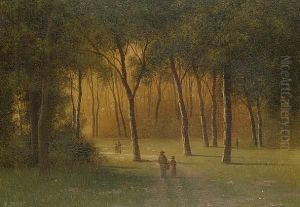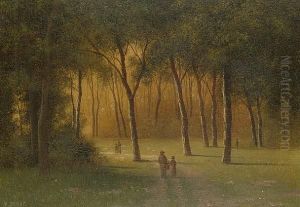Donat Paintings
Donato di Niccolò di Betto Bardi, universally known as Donatello, was an Italian sculptor of the Renaissance born in Florence in 1386. He was the son of Niccolò di Betto Bardi, a member of the Florentine Wool Combers Guild. Donatello was educated in the house of the Martelli family, one of the wealthiest Florentine families at that time. He was a contemporary of other renowned artists such as Brunelleschi and Masaccio and was notable for his work in bas-relief, a form of shallow relief sculpture that, in Donatello's case, created the illusion of great depth.
Donatello's work was characterized by a vivid realism and an ability to depict human emotions, which were unprecedented at the time. His sculptures were innovative in their understanding of anatomy and movement, aspects that would profoundly influence the landscape of Renaissance art. Among his most famous works are the bronze David, one of the first freestanding nude statues of the Renaissance; the impressive Gattamelata, a statue of a condottiero on horseback; and the evocative Penitent Magdalene, a wooden sculpture depicting Mary Magdalene.
Throughout his life, Donatello traveled and worked in various places, including Rome and Padua, constantly learning and adapting his style. His influence spread through his numerous apprentices and followers, ensuring that his style and techniques would disseminate throughout Italy and beyond. Donatello remained active in his old age, but as he entered his seventies, his health began to decline. He spent his last years in Florence, where he died in 1466. His legacy endures, and he is regarded as one of the founding figures of Italian Renaissance sculpture.

